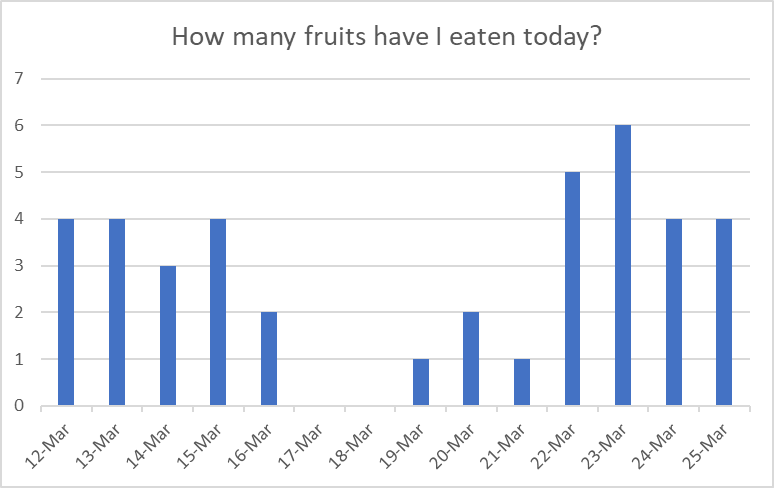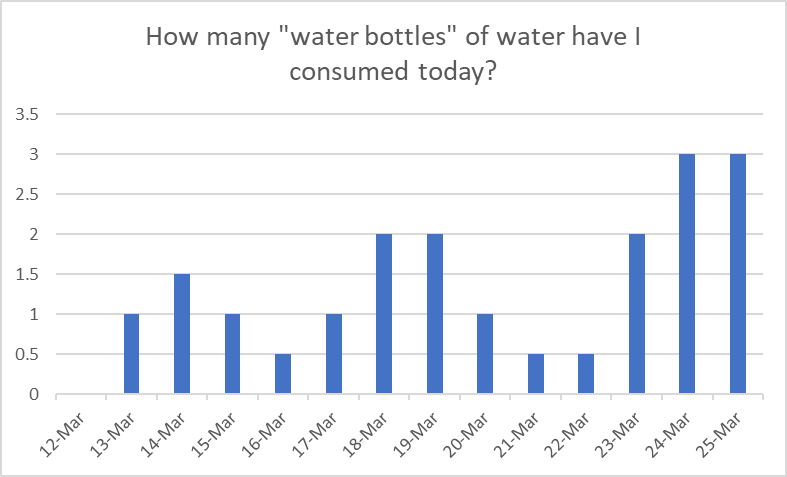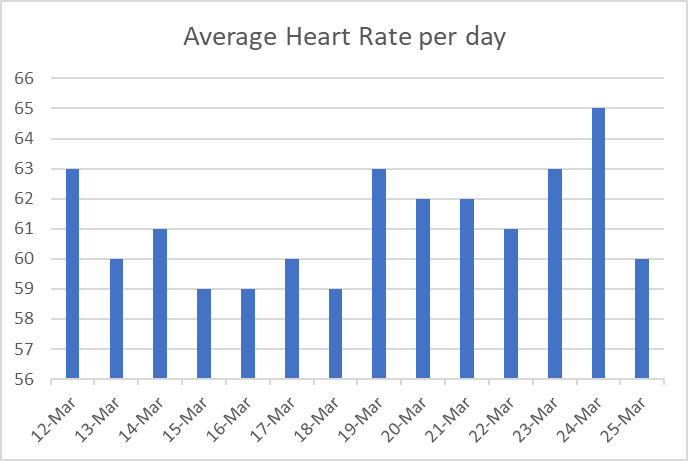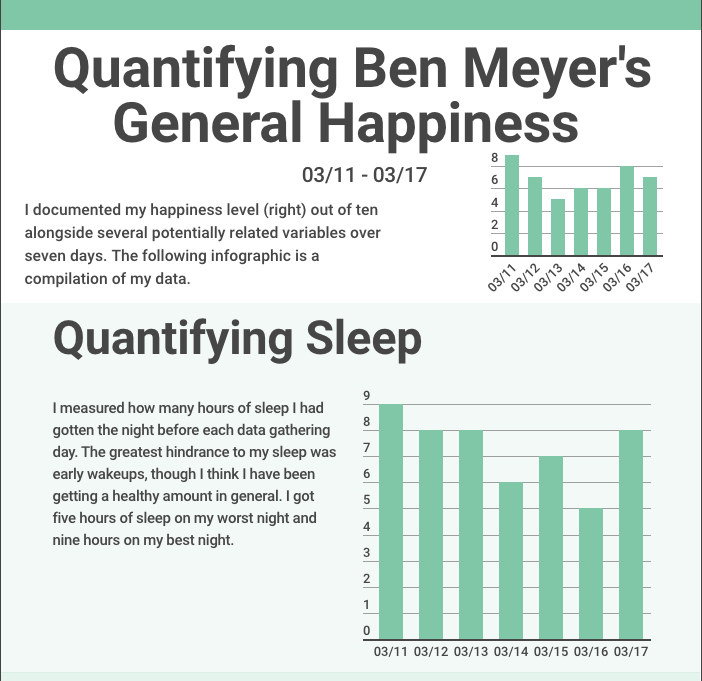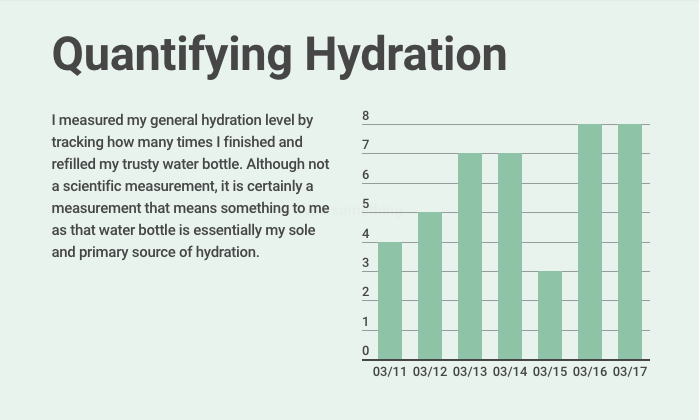My thesis in my essay was that David Small and Alison Bechdel use repetitive images and choice of frame strategically to aid their storytelling, but while these tools allow Bechdel’s illustrations to better support her written narrative, they allow Small to let his illustrations stand alone, therefore making audience participation more straightforward in Stitches and broader in Fun Home. In my essay, I argue that Small and Bechdel utilized similar rhetorical devices in the creation of their respective pages, but because of the difference in their use of language, the results of these devices created very different experiences for the reader.
When completing the tracing pages assignment, the first steps of actually tracing and annotating the pages were very useful when completing my analysis. I usually don’t know where to begin or what to focus on when annotating documents, so I found your directions very helpful because I was able to systematically go through each rhetorical tool or method and determine where and how it was being used on my selected page. Something I did that really helped me to compare the two authors’ pages was including a list of what I thought the top three most important/relevant clarity terms were for each page. For Stitches specifically, the act of tracing the page made me really pay attention to David Small’s linework, which made me think about why he chose to include the details he did.
The essay part of this assignment was really hard for me because I am not used to writing inductive essays. I had a lot of ideas from annotating the tracings, but the amount of evidence overwhelmed me because I couldn’t figure out how to neatly organize it all. I ended up typing out all of my annotations and sorting them into broad categories on a google document. From there I drafted an argument based on the patterns I saw and started to piece together my essay. I had to rewrite/rearrange my paragraphs a lot more often than I usually do when writing essays because I would forget to write them in an inductive format. Overall, the hardest part about this essay was coming up with an ABT thesis in the last paragraph.
I think this assignment did help me understand the secret language of comics a lot better. After close reading the pages it became very obvious to me how conscious every decision is in the creation of a single page, not to mention a whole book. I definitely have a better understanding of the themes of both Stitches and Fun Home after completing this assignment. It was also very interesting to see how similar the comics are to each other. Individually, something about Fun Home that clicked for me while completing this assignment was that Alison Bechdel was comparing herself to her father throughout the comic. Also in Stitches, I noticed that facial expressions have a huge impact on the mood of Stitches.

